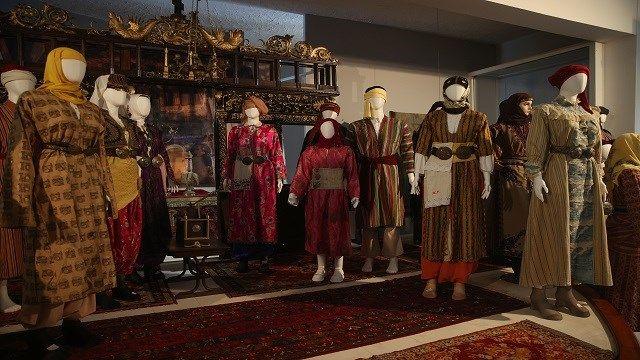
Cappadocia Research Center in Greece preserves a rich collection of artifacts brought by Cappadocian migrants during the 1923 population exchange The Cappadocia Research Center in Nea Karvali (New Gelveri) near the city of Kavala, Greece, displays a unique collection of artifacts brought by Cappadocian migrants during the population exchange between Türkiye and Greece 100 years ago. The population exchange was part of the 1923 Treaty of Lausanne, which led to the mutual resettlement of Greek and Turkish populations. Many Greeks from Cappadocia, now part of modern Türkiye, relocated to various parts of Greece, bringing personal belongings that today form the heart of the museum's collection. Kaplanis Yosifidis, president of the Cappadocia Research Center, explained the center's mission to Anadolu Agency (AA). "The aim of the Cappadocia Research Center is to study and preserve the Cappadocian tradition. We also aim to strengthen the bonds and friendship between the people of Cappadocia and those who came to Greece, using cultural and historical elements from the past," he said. The center, established in 1987, holds a rich collection of artifacts. These include church items, icons, and traditional clothing, which migrants often brought as offerings to monasteries. The preservation of these items, which could not be sold or destroyed, has ensured their survival through the centuries. Among these are traditional garments from various communities that lived in Cappadocia, including Turkish, Greek, Armenian, and Jewish populations. Yosifidis highlighted the center's extensive collection of monastic items, emphasizing that the most valuable parts were those transported by the exchange commissions. The collection includes Cappadocian carpets, ceramics, kitchen utensils, personal items, and jewelry. In 1995, the European Museum Forum awarded the museum affiliated with the center the "European Museum of the Year," recognizing its importance in preserving European heritage. The journey of the Cappadocian migrants was long and arduous. Around 370,000 people from Niğde, Kayseri, Aksaray, and Konya traveled to Ereğli, then by train to Mersin, and finally by ship to various Greek ports, including Athens, Thessaloniki, Volos, and Kavala. Yosifidis shared personal anecdotes about his family’s connection to Cappadocia. His grandfather, also named Kaplanis, served as the mayor of a Cappadocian town before the exchange. He brought with him maps, decrees, and archival documents, which the center now preserves. Despite the decades that have passed, the migrants' love for their homeland endures. Yosifidis recalled his grandmother's vivid memories of their home in Cappadocia. During a visit in 1983, he located the house with ease, guided by her descriptions. "When I knocked on the door, an elderly man recognized my grandmother's name, Elis," Yosifidis recounted. "He remembered playing with her as a child and welcomed me warmly." The center continues to foster connections with academic institutions, including joint projects with Necmettin Erbakan University, with plans to publish their findings by the end of the year. Through these efforts, the Cappadocia Research Center not only preserves the artifacts of a bygone era but also strengthens the cultural ties between Greece and Türkiye. These efforts ensure that the legacy of the Cappadocian migrants lives on for future generations.